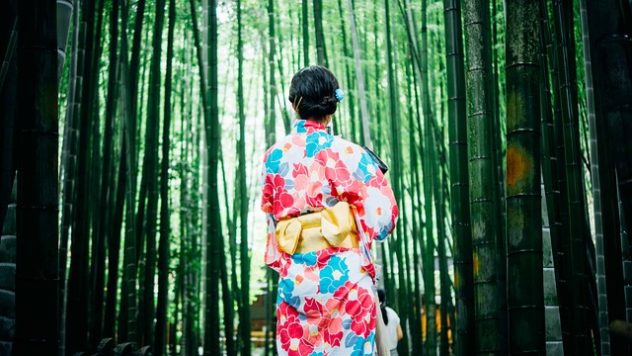Vocabulary:
- statistics /stuh-TIS-tiks/
- race /reys/
- inspiration /in-spuh-REY-shuhn/
- era /ER-uh/
- perspective /per-SPEK-tiv/
[noun] a collection of numerical facts about people, business conditions, or weather
Statistics showed that 50% of new businesses fail last year.
[noun] a group of people who share the same language, history, characteristics
Many students from different races enrolled to the newly built international school across the street.
[noun] someone or something that gives you ideas for doing something
Her parents are Anna’s inspiration to succeed.
[noun] a period of time of which particular events or stages of development are typical
In the modern era, social services around the world have increased.
[noun] a particular way of considering something
Working with a designer will give you a fresh perspective on what you are trying to show.
Okoye was a member of Japanese women’s basketball team who played in the last Women’s Basketball World Cup on Sept. 26, 2018. Okoye said that her unique physical appearance lowers her self-confidence because it was different from her classmates.
However, this changed when she visited her father’s land and saw how strong-willed the children are. This gave her inspiration to play basketball and join the Women’s National Basketball Association (WNBA) someday.
Another Japanese hafu that excels in sport is Naomi Osaka, 21. Osaka has Haitian-American descent. She won a tennis title in the last US Open Tennis Tournament in September 2018.
Indeed, Heisei era did not just change the Japanese political and economical perspective but also the definition of being a “Japanese”. These days, Japanese people become more open to mixed-nationalities citizens.
Comprehension Questions:
- Who joined the Women’s Basketball World Cup?
- Who won a tennis title?
- Who wants to join the Women’s National Basketball Association (WNBA)?
- According to the article, what has increased since the Heisei Era?
- According to the article, when did the Heisei Era start?
Discussion Questions:
- Are you interested in other countries’ culture? Why or why not?
- What do you think is the most interesting thing about your culture? Explain your answer.
- What do you think is the most important change in your country since the Heisei Era?
- What surprises you about other countries’ culture?
- What advice would you give to the tourist in your country?
